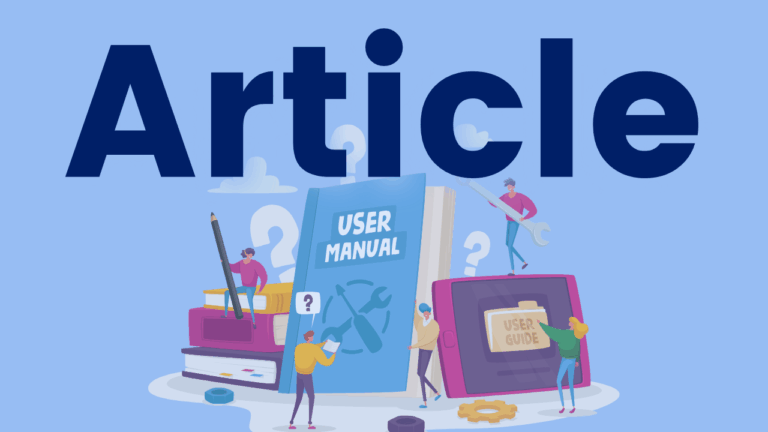Teaching Phonemic Awareness and Word Reading Skills
In this article from the International Dyslexia Association, Al Otaiba et al. emphasize the significance of evidence-based systematic and explicit instruction. They outline the typical process through which students grasp the alphabetic principle (the concept that words consist of distinct sounds). They also provide explanations of blending and segmenting instruction, accompanied by sample activities. The article also furnishes teachers with resources for explicit and systematic reading instruction as well as examples of explicit and systematic programs for teaching phonemic awareness and phonics.

